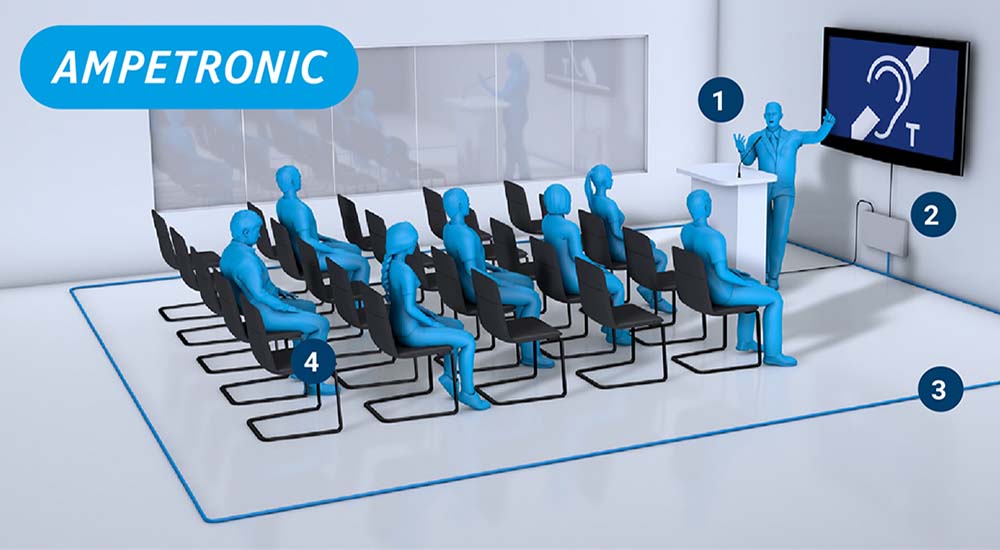Faculty Spotlight: Valdez Makes Travel Easier for People With Disabilities
Rupa Valdez believes everybody should have the opportunity to travel, whether to a new local restaurant or a new country – and she means every body.
Browse by type of information.
Rupa Valdez believes everybody should have the opportunity to travel, whether to a new local restaurant or a new country – and she means every body.
Facilities Management teams work together to support the Americans with Disabilities Act.
Written by Michelle A. Banks
Performed by Alexandria Wailes
This video is part of the UVA ACTS 3x3 Video Series.
The act of finding one's way to a particular place; navigation. (Oxford English Dictionary)
The basic process of wayfinding involves four stages[1]:

There are three main components to a hearing loop (induction loop) system - 1) the audio source which is connected to the a/v components; 2) the hearing loop amplifier which is also connected to the a/v components; and 3) the hearing loop wire.
Hearing Loops are the preferred assistive listening system (ALS) at UVA. Although most hearing loop installers follow the International Electrotechnical Commission's performance standard for hearing loop systems, IEC 60118-4, the quality of a hearing loop installation can vary drastically between installers.
In addition, the complexity of our venues often require an installer with significant experience and positive recommendations from customers.
The following UVA accessibility professionals support and encourage the addition/installation of hearing loop (induction loop) technology as the recommended assistive listening system (ALS) for large venues, auditoriums, classrooms, reception areas, ticket counters, and other appropriate spaces throughout the Academic Grounds, athletic venues, and Health System at the University of V
The New York Times Video - James Robinson, a filmmaker from Maine, shows what it feels like to live with several disabling eye conditions.
Otter Voice Notes (Otter) is a tool that converts voice conversations into smart notes by recording the audio and using artificial intelligence to provide machine-generated transcription. These transcriptions/notes can be edited, shared, and easily searched.
We all want to "get it right" when it comes to providing access to our digital world including our digital content. It is important to remember accessibility is not an all or nothing endeavor. Going at this with a perfectionist mindset can be overwhelming and freeze you in your tracks. It is simply impossible to make all of your digital content 100% accessible for 100% of your users.
The most important thing is to start on the journey and learn some core skills of creating accessible, usable digital content.
Instructors play a pivotal role in the shaping of the learning environment. In addition to creating courses that fulfill the learning objectives of the department and school, there is an added requirement of creating a course that is not only accessible to students with disabilities but also incorporate pedagogy that is inclusive to students regardless of background, experiences, and customs.
As we continue our discussion around accessibility in our digital space at UVA, the final event in the "2020 Lunch & Learn" series will:
Join us for a light lunch and good conversation. Attendance is limited so register early - a waitlist will be maintained.